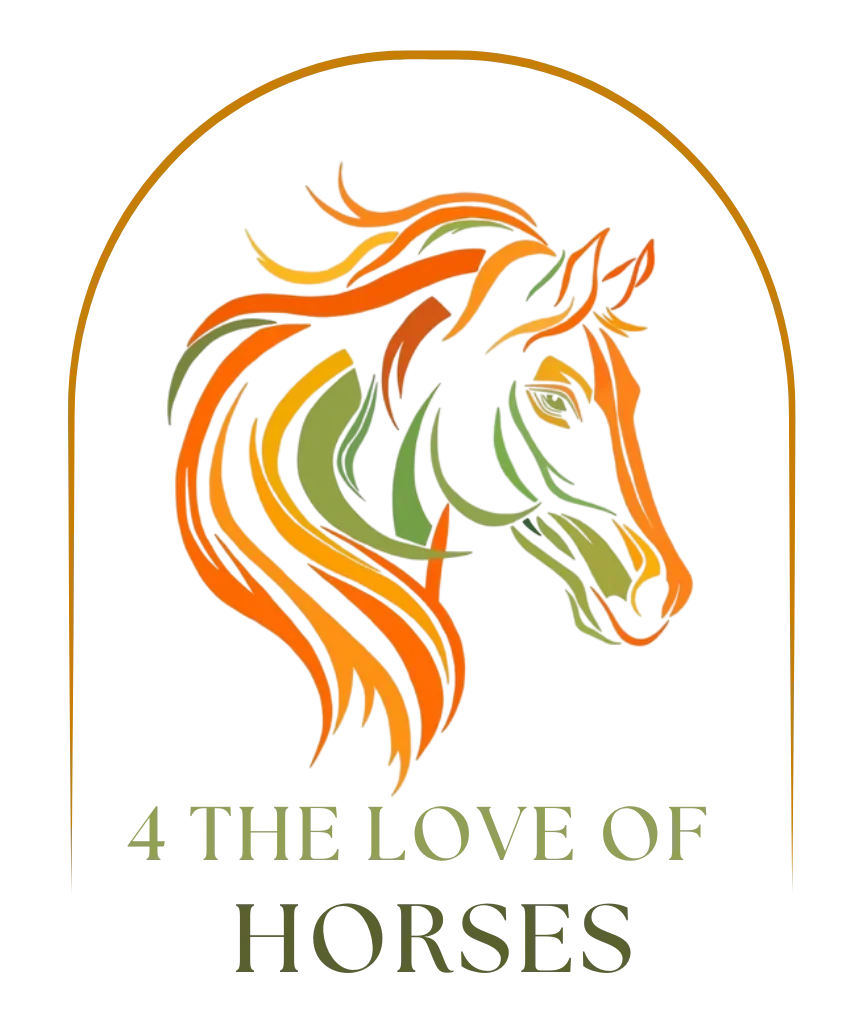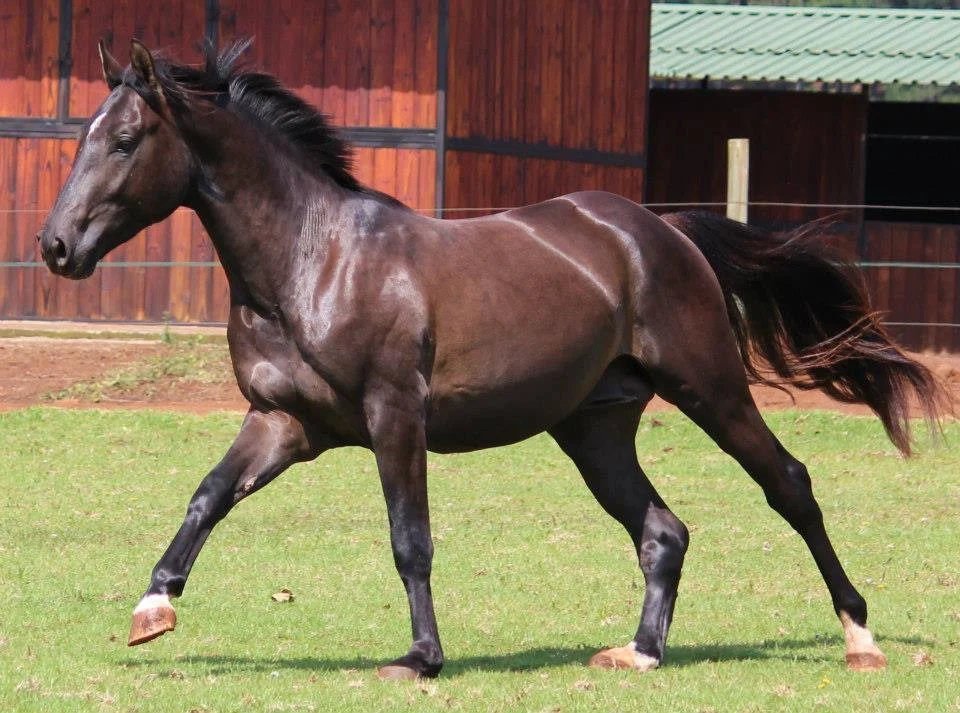The Science Behind our Feeding Calculator
At 4 The Love of Horses, we believe horse owners deserve to understand exactly how their horse’s feeding plan is calculated. Our calculator is built on veterinary science, equine nutrition research, and decades of practical feeding experience.
Let’s break down the science behind each calculation.
📏 Step 1: Estimating Your Horse’s Weight
Accurate weight is the foundation of any feeding plan. If you don’t have access to a livestock scale, our calculator uses the industry-standard weight tape formula:
Where:
- Girth = Heart girth measurement (around the widest part of the chest, just behind the front legs)
- Length = Body length (from point of shoulder to point of buttock)
💡 Why This Formula Works
This formula has been validated through research comparing tape measurements to actual scale weights. It’s approximately 95% accurate for adult horses in good body condition. The constant 11,877 was derived from measuring thousands of horses of various breeds.
Weight Tape Accuracy Tips
- Measure on level ground with your horse standing square
- Ensure the tape is snug but not tight
- Take measurements at the same time of day
- For best accuracy, take three measurements and use the average
🌾 Step 2: Calculating Forage Requirements
Forage (hay, haylage, or grass) should form the bulk of every horse’s diet. Our calculator determines forage needs based on dry matter intake, which research shows should be:
| Workload | Daily Dry Matter (%) |
|---|---|
| Light work | 2.0% of body weight |
| Moderate work | 2.1% of body weight |
| Heavy work | 2.2% of body weight |
| Very heavy work | 2.3% of body weight |
Adjustments for Individual Circumstances
The base percentage is then adjusted for your horse’s specific situation:
- Good turnout + lush pasture: Reduce by 0.2-0.3% (they’re getting nutrition from grazing)
- Limited turnout + poor pasture: Increase by 0.2% (more reliance on provided forage)
- Stabled most of the time: Increase slightly to maintain gut health
📊 Example: 500kg Horse in Moderate Work
Base calculation: 500 kg × 2.1% = 10.5 kg dry matter per day
Scenario A – Extensive turnout on good pasture: 10.5 kg – (500 × 0.2%) = 9.5 kg DM
Scenario B – Stabled with limited turnout: 10.5 kg + (500 × 0.2%) = 11.5 kg DM
Converting Dry Matter to “As-Fed” Weight
Different forages have different moisture content:
- Hay: ~90% dry matter (multiply DM by 1.0)
- Haylage: ~70% dry matter (multiply DM by 1.3)
- Fresh grass: ~20-25% dry matter (horses graze significantly more by weight)
🌾 Step 3: Determining Concentrate Needs
Concentrates (grain, pellets, mixes) provide additional energy and nutrients when forage alone isn’t enough. The amount depends primarily on workload:
| Workload | Concentrate Range | Typical Scenarios |
|---|---|---|
| Light | 0-0.5% body weight | Pleasure riding, light hacking |
| Moderate | 0.2-0.8% body weight | Regular schooling, competitions |
| Heavy | 0.4-1.2% body weight | Advanced training, eventing |
| Very Heavy | 0.6-1.5% body weight | Racing, elite competition |
Special Considerations
The calculator adjusts concentrate recommendations for:
- Young horses (0-5 years): +15% for growth and development
- Senior horses (16+ years): May need senior-specific feeds with adjusted protein and easily digestible ingredients
- Good pasture + extensive turnout: Reduces concentrate needs significantly
- Poor pasture + limited turnout: +10% to maintain body condition
⚠️ Important Safety Rule
Our calculator caps single meals at 0.8% of body weight (e.g., max 4kg for a 500kg horse). Larger concentrate meals increase colic and laminitis risk. If your horse needs more than this amount, always split into multiple meals throughout the day.
🎯 Why These Numbers Matter
Preventing Common Health Issues
Underfeeding forage can lead to:
- Gastric ulcers (horses produce stomach acid continuously)
- Stereotypies (cribbing, weaving, wood chewing)
- Weight loss and poor body condition
Overfeeding concentrates can cause:
- Colic and digestive upset
- Laminitis in susceptible horses
- Behavioral issues (“hot” or nervous behavior)
- Developmental orthopedic disease in young horses
The Forage-First Philosophy
Our calculator always prioritizes quality forage as the foundation of equine nutrition because:
- Digestive health: The horse’s hindgut evolved to ferment fiber
- Behavioral welfare: Horses naturally graze 16-18 hours per day
- Nutritional completeness: Good forage provides most vitamins and minerals
- Cost-effectiveness: Forage is typically more economical than concentrates
📚 Scientific References
Our calculations are based on research and guidelines from:
- National Research Council (NRC) – Nutrient Requirements of Horses, 6th Edition
- Equine nutrition research from universities including Cornell, Kentucky, and Edinburgh
- British Horse Society feeding guidelines
- Practical feeding experience with thousands of horses across all disciplines
🩺 Always Consult Your Vet
While our calculator provides evidence-based starting points, every horse is unique. Factors like:
- Metabolic conditions (EMS, PPID/Cushing’s)
- Dental issues affecting chewing
- Previous laminitis history
- Pregnancy or lactation
- Recovery from illness
…all require veterinary guidance. Use our calculator as a foundation, then work with your vet to fine-tune your horse’s individual plan.
🔄 Monitoring and Adjusting
A feeding plan is never “set and forget.” Monitor your horse regularly:
- Body condition scoring every 2-4 weeks
- Weight tracking monthly (using tape or scale)
- Energy levels during work
- Manure consistency and frequency
- Coat condition and overall appearance
Adjust feeding based on these observations. Weight changes take time – allow 2-3 weeks before making significant adjustments.
Ready to Create Your Horse’s Custom Feeding Plan?
Our calculator takes all of this science and delivers a personalized plan in under 2 minutes.
Try the Calculator Now →Disclaimer: This calculator provides general feeding guidelines based on scientific research and industry best practices. It does not replace professional veterinary or equine nutritionist advice. Always consult with your veterinarian, especially for horses with health conditions or special dietary needs.

